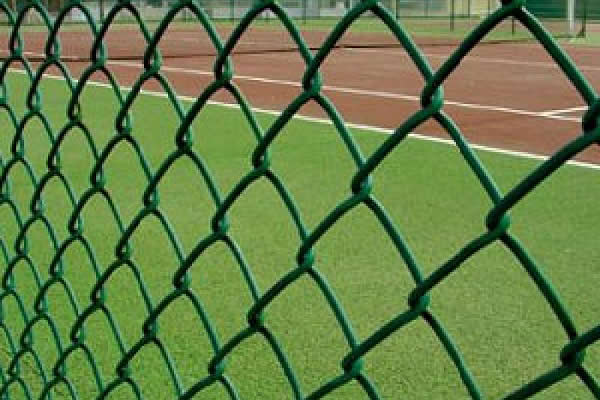 TEL:
+86-13102802206
TEL:
+86-13102802206
 Email:
fencenetting@china.com
Email:
fencenetting@china.com
 Language
Language
 TEL:
+86-13102802206
TEL:
+86-13102802206
 Email:
fencenetting@china.com
Email:
fencenetting@china.com
 Language
Language


The Versatile Utility of Barbed Wire A Focus on Single Strand
Barbed wire, a seemingly simple yet remarkably innovative invention, has transformed the way we manage property, control livestock, and secure perimeters. Among the various types of barbed wire available, single strand barbed wire stands out for its unique properties and versatile applications. Often overlooked in favor of more complex fencing systems, single strand barbed wire offers a blend of efficiency, durability, and economic value.
The Design and Functionality of Single Strand Barbed Wire
Single strand barbed wire consists of a single, twisted wire with barbs spaced intermittently along its length. Typically made from galvanized steel, it is designed to resist rust and corrosion, ensuring a long lifespan even in harsh environmental conditions. The barbs, usually measuring a few inches apart, enhance the wire's ability to deter intruders and livestock. This design is not only cost-effective but also lightweight, making it easier to handle and install than multi-strand options.
The primary function of single strand barbed wire is to provide a barrier. Its sharp barbs create a physical and psychological deterrent to animals and humans alike. Livestock owners often utilize single strand barbed wire to keep animals secured within pastures, preventing them from wandering onto roadways or neighboring properties. Additionally, property owners employ this type of fence to safeguard their land from trespassers, adding a layer of security to residential and commercial spaces.
Economic Advantages
One of the most appealing aspects of single strand barbed wire is its affordability. Compared to other fencing materials like wood or chain link, single strand barbed wire presents a budget-friendly solution without sacrificing effectiveness. The cost savings extend beyond the initial purchase; the durability of galvanized steel means fewer repairs and replacements over time, translating to lower long-term maintenance costs.

Installation is also more straightforward and requires less time and labor than other fencing types, further reducing expenses. Farmers and ranchers can often install it themselves, saving on hiring professional help. Packaging typically includes easy-to-follow instructions, making it accessible for individuals with varying levels of experience in fencing installation.
Applications in Various Sectors
The utility of single strand barbed wire is not limited to agriculture. It finds applications in diverse sectors, including construction, military, and even decorative uses in landscaping. In construction sites, it serves as a temporary perimeter fence, indicating restricted areas and ensuring safety. The military utilizes it for securing bases and sensitive areas, where safety is paramount.
Moreover, some innovative designers have begun incorporating barbed wire into artistic projects and landscape designs, using it as a bold statement piece in modern art installations. This reflects the evolving perception of barbed wire, changing from a purely utilitarian object to an element with aesthetic value.
Conclusion
In summary, single strand barbed wire is more than just a means of containing livestock or securing property; it is a multifaceted tool that balances affordability, durability, and practical functionality. Its simple yet effective design has stood the test of time, proving that sometimes, the most straightforward solutions are the best. Whether on a sprawling ranch or at a construction site, single strand barbed wire continues to play an essential role in safeguarding land and managing livestock, solidifying its place in both agricultural and modern contexts. As we evolve in our fencing and security needs, single strand barbed wire remains a foundational element that adapts to the times while retaining its core purpose.